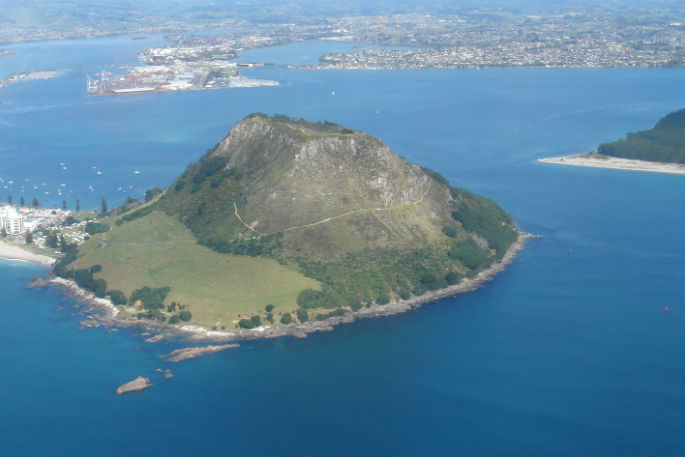Members of the public are being warned not to collect or consume shellfish gathered from an area of the Bay of Plenty due to the presence of paralytic shellfish toxins.
“Routine tests on tuatua from Waihi Beach have shown levels of paralytic shellfish toxins more than double the safe limit,” said New Zealand Food Safety deputy director-general Vincent Arbuckle.
The warning extends from the southern end of Pauanui Beach down to the entrance of Tauranga Harbour, by Mount Maunganui.
The warning also includes Tauranga Harbour.
“Please do not gather and eat shellfish from this area because anyone doing so could get sick.
“Affected shellfish include bivalve shellfish such as mussels, oysters, tuatua, pipi, toheroa, cockles and scallops, as well as pūpū (cat’s eyes) and Cook’s turban. Kina are still safe to eat.
“It’s also important to know that cooking the shellfish does not remove the toxin.”
Symptoms of paralytic shellfish poisoning usually appear within 10 minutes to 3 hours of eating and may include:
- numbness and a tingling (prickly feeling) around the mouth, face, hands, and feet
- difficulty swallowing or breathing
- dizziness and headache
- nausea and vomiting
- diarrhoea
- paralysis and respiratory failure and, in severe cases, death.
Pāua, crab and crayfish may still be eaten if the gut has been completely removed prior to cooking, as toxins accumulate in the gut. If the gut is not removed, its contents could contaminate the meat during the cooking process. Finfish are not affected by this public health warning, but we advise gutting the fish and discarding the liver before cooking.
NZFS has had no notifications of associated illness.
If anyone becomes ill after eating shellfish from an area where a public health warning has been issued, phone Healthline for advice on 0800 61 11 16, or seek medical attention immediately. You are also advised to contact your nearest public health unit and keep any leftover shellfish in case it can be tested.
“NZFS is monitoring shellfish in the region and will notify the public of any changes to the situation.”
Commercially harvested shellfish – sold in shops and supermarkets or exported – is subject to strict water and flesh monitoring programmes by NZFS to ensure they are safe to eat.
Find out more:
- Shellfish biotoxin alert webpage
- Subscribe to shellfish biotoxins to receive email alerts
- See signage in the affected area
- Podcast about shellfish contamination
- Collecting Shellfish and Keeping Them Safe
- Causes and symptoms of toxic shellfish poisoning
- About toxic algal blooms
- Food Safety for Seafood Gatherers booklet



0 comments
Leave a Comment
You must be logged in to make a comment.